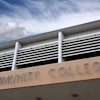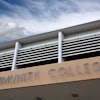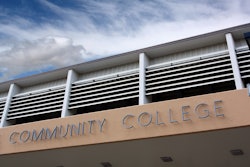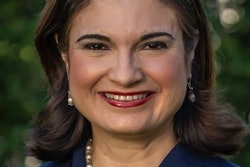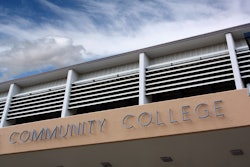SAN DIEGO, Calif.—The American Council on Education kicked off its 96th annual meeting yesterday with a series of panel discussions focused on best practices for collecting institutional data and ways to improve retention and graduation rates.
One particular session, titled “Internationalization—Presidents Panel and Discussion of Partnerships and Global Education,” drew a crowd of academicians interested in strengthening international programs on their respective campuses.
Dr. Earl H. Potter III, president of St. Cloud State University in Minnesota, said that, when it comes to sending students abroad and recruiting international students to study in the U.S., college presidents have to be aggressive in leading the charge.
“Any president needs to remember that the world did not begin on their inauguration day,” said Potter, who has been at SCSU since 2007. “The president needs to be at the forefront of this work.”
During his six-year tenure at Minnesota’s largest public university, Potter said that strategic partnerships have been formed with several universities abroad, including the Nelson Mandela Metropolitan University in South Africa, where many SCSU nursing students currently complete their practicum. Faculty and staff exchanges between the two universities have also become frequent.
“It’s fine to bring foreign students to our campuses, but I think it’s important to build programs around the world,” said Dr. Pradeep K. Khosla, chancellor of the University of California, San Diego. He added that U.S. colleges are currently in a strong position to help promote liberal arts across the globe.
Still, national efforts to institutionalize international programs at U.S. colleges and universities have often been “very episodic” and have largely depended on the efforts of individual faculty members, said Dr. George. R. Blumenthal, chancellor of the University of California, Santa Cruz.
